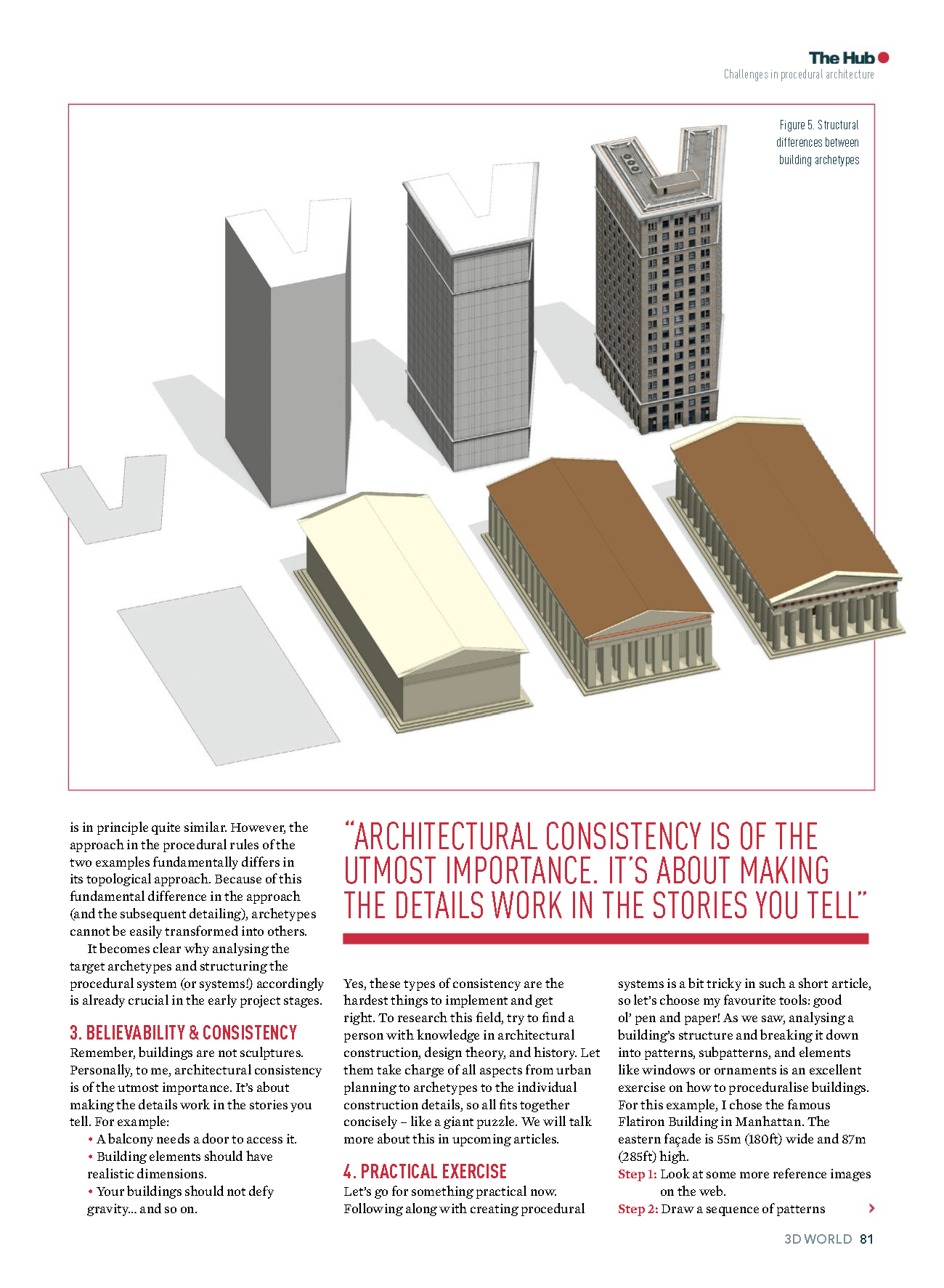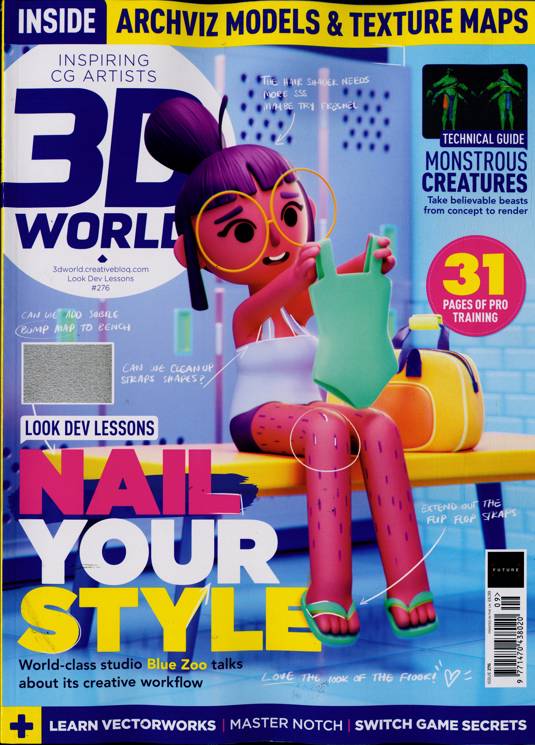

The best way to be ready for this change is to be part of it. The opportunities will range from new business models to additional revenue streams, among many others. The reality is that from this adoption of 3D, the downstream automation benefits will go far beyond anything envisaged by today’s government ministers. The UK BIM mandate comes into effect in April. Governments around the world are in the process of implementing mandates to embed 3D processes (commonly called Building Information Modelling) into construction deliverables. The AEC industry faces many changes this year. Brick laying robots exist but, as you will read, there remain issues to overcome with the technology. Robots have been deployed on component creation within the supply chain. Looking a little further into the future, digital fabrication methods currently used in engineering, specifically robots, will find their way on site, driven by the 3D model. The building will be created in layers and will incorporate 3D printed furniture. A new material will be used to print the structure, which combines reinforced concrete, glass-fibre-reinforced gypsum, and fibre-reinforced plastic. The construction industry is now experimenting with materials and processes for the design of 3D print components or complete buildings.The image above comes courtesy of Gensler, which partnered with WinSun Global, Thornton Tomasetti, and Syska Hennessy to design and build the world’s first 3D printed office in Dubai. While 3D printing has had more than its fair share of hype, the long-term impacts have yet to be felt. This allows us to put virtual 3D models in context and monitor construction progress.ģD models also drive digital fabrication.

We can quickly and accurately capture/ digitise the world around us, with photogrammetry, laser scanners and Unmanned Aerial Vehicles (UAVs or drones).
3d world magazine details software#
The software and the project data is also changing, from being desktop-bound to platform agnostic, everpresent, always on and always up to date.īeyond the initial design phase, mobile technologies, such as iPads, are providing instant access to design information for fabrication and construction. 3D modelled buildings can be analysed and optimised for performance, be used to control costs, provide immersive Virtual Reality experiences and photorealistc renderings and animations. With the industry finally moving away from relying on 2D symbolic documentation and adopting design within a 3D modelling context, computers can offer additional benefits beyond Computer Aided Drafting (CAD). Advances in digital design tools, inter-connectedness and computer-controlled fabrication are converging to transform every phase of the design and build process. Along with that comes the adoption of new technologies. At the same time, there are significant technologies emerging that are set to enhance our increasingly digital civilization.Īrchitecture, Engineering and Construction is at a tipping point into widespread process change. It is happening so quickly that it becomes hard to remember what it was like before the Internet, smart phones and wireless data. Welcome to the Future of Building Design, an AEC Magazine special edition that takes a holistic view of the technologies and processes which are set to change and enhance the AEC industry in the coming years - from concept design all the way to construction.Īll around us technology is revolutionising the way we live, work, play and communicate.

The office of the future will be 3D printed.


 0 kommentar(er)
0 kommentar(er)
